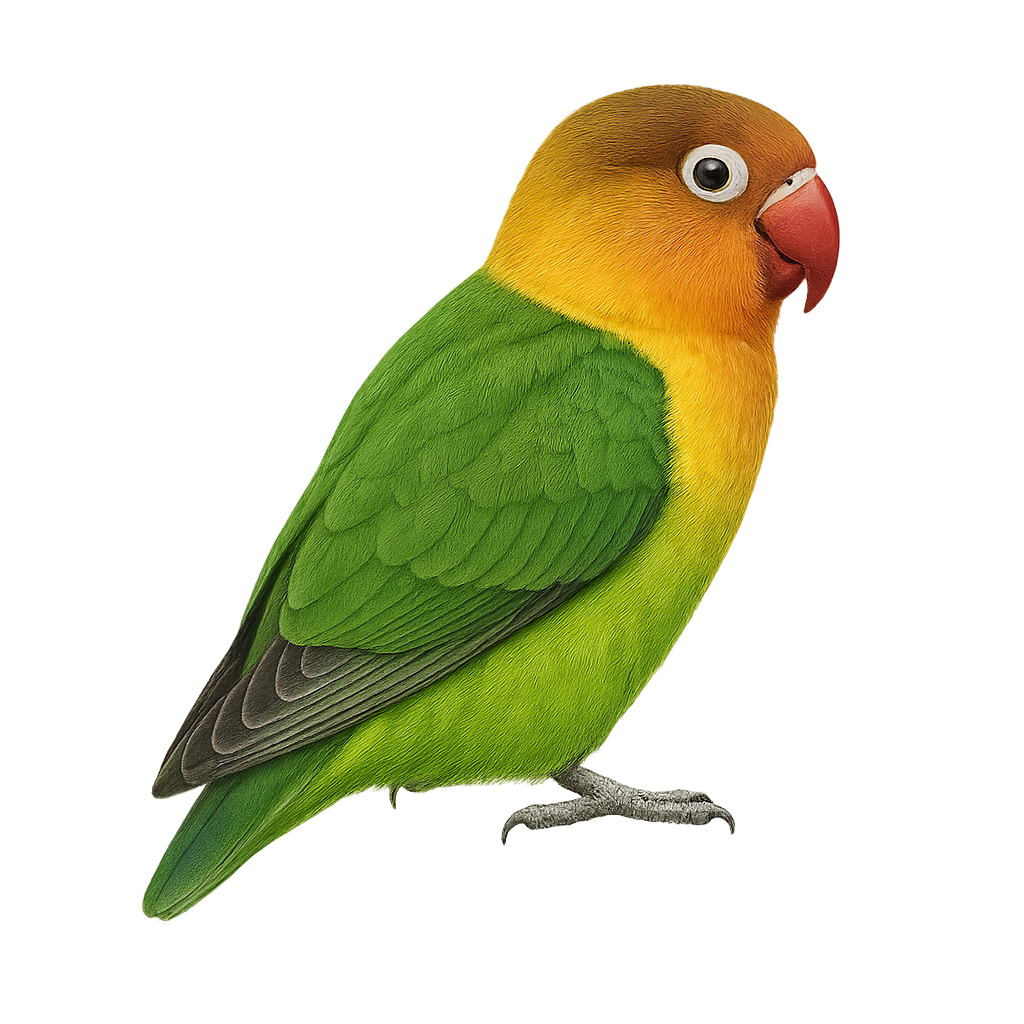Your wildlife photography guide.
Explore the fischer's lovebird in detail, study its behavior, prepare your shots.
Where to observe and photograph the fischer's lovebird in the wild
Learn where and when to spot the fischer's lovebird in the wild, how to identify the species based on distinctive features, and what natural environments it inhabits. The WildlifePhotographer app offers tailored photography tips that reflect the fischer's lovebird’s behavior, helping you capture better wildlife images. Explore the full species profile for key information including description, habitat, active periods, and approach techniques.
Fischer's Lovebird
Scientific name: Agapornis fischeri

IUCN Status: Near Threatened
Family: PSITTACIDAE
Group: Birds
Sensitivity to human approach: Tolerant
Minimum approach distance: 5 m
Courtship display: March to May
Incubation: 22-24 jours
Hatchings: March to June
Habitat:
Savannas, woodlands, grasslands
Activity period :
Primarily active during the day, with peak activity in the morning and late afternoon.
Identification and description:
The Fischer's Lovebird is a small, colorful parrot native to northern Tanzania. It is easily recognizable by its bright green plumage, orange head, and red beak. Measuring about 14 cm in length, it is often seen in noisy flocks. These birds are known for their social behavior and ability to form strong bonds with their partners. They primarily inhabit savannas, woodlands, and grasslands, where they feed on seeds, fruits, and berries. Nesting usually occurs in tree cavities, and they are known for their ability to use various materials to build their nests.
Recommended lens:
400 mm – adjust based on distance, desired framing (portrait or habitat), and approach conditions.
Photography tips:
To photograph the Fischer's Lovebird, it is advisable to use a 400mm lens or longer to capture precise details without disturbing the bird. Look for them in savannas and woodlands, where they are often in groups. Be patient and wait for them to perch to feed or interact. Morning or late afternoon light is ideal to highlight their bright colors.
The WildlifePhotographer App is coming soon!
Be the first to explore the best nature spots, track rutting seasons, log your observations, and observe more wildlife.
Already 1 429 wildlife lovers subscribed worldwide

